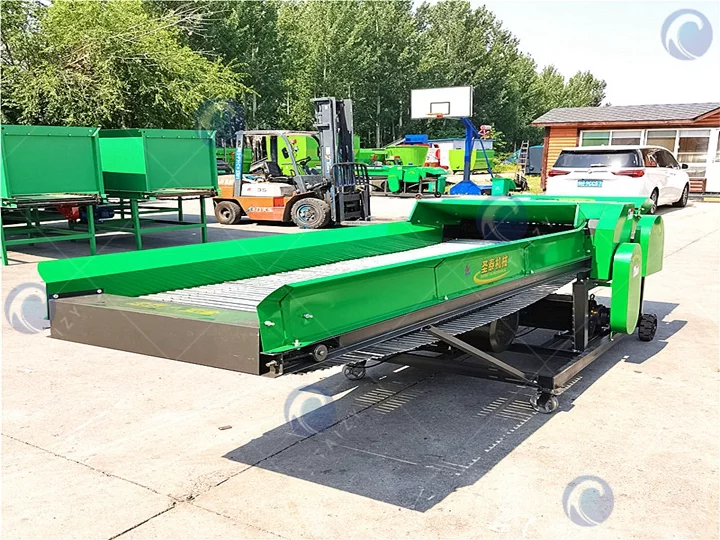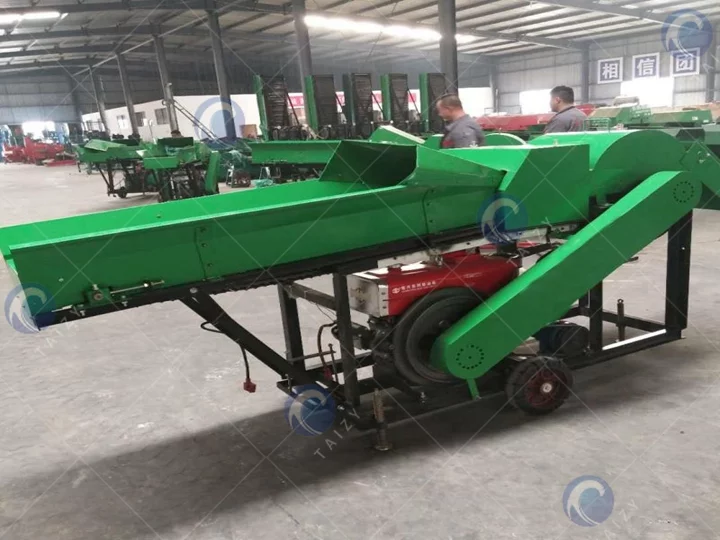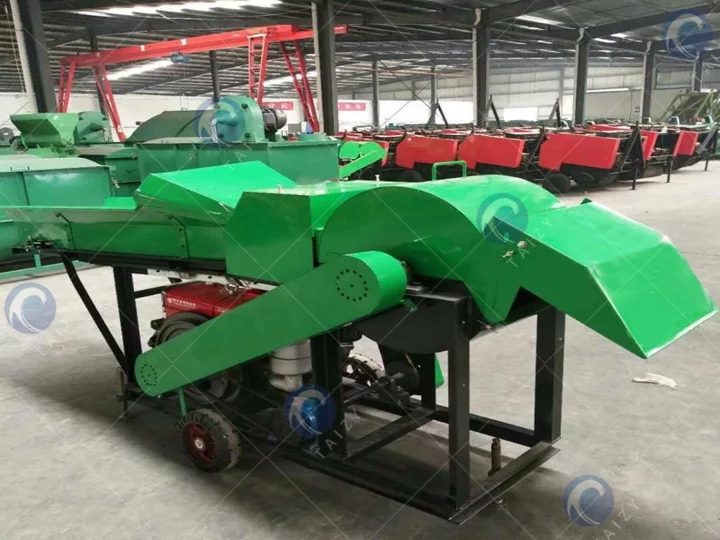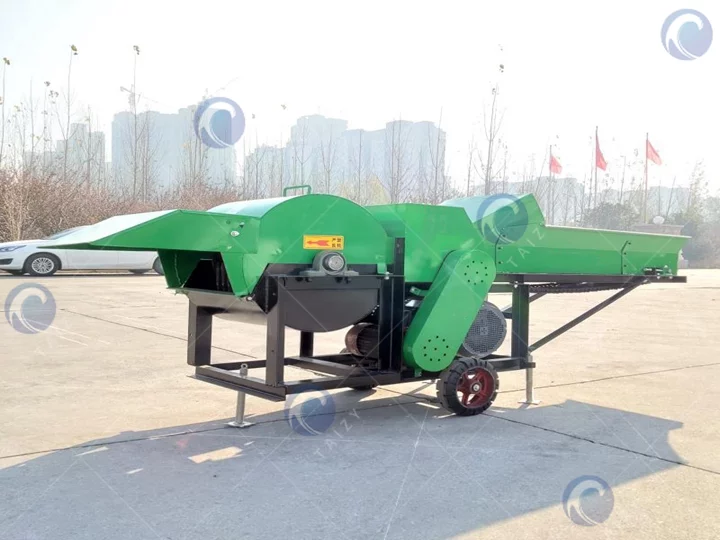Operating Procedures for Silage Cutter Machines
Silage cutter machines are essential tools in modern agriculture, facilitating the efficient processing of forage for livestock feed. While these machines greatly contribute to increased productivity, it is crucial to prioritize safety during their operation.
Implementing proper safety operating procedures not only protects the equipment but, more importantly, safeguards the well-being of operators. Here’s a comprehensive guide to the safety measures and operating procedures for silage cutter machines:
1. Pre-Operation Inspection:

Before initiating the operation of a silage cutter machine, conduct a thorough pre-operation inspection. Check for any signs of wear, loose or damaged parts, and ensure that all safety guards are in place. Verify that the cutting mechanism is in good condition and that the machine is adequately lubricated.
2. Training and Familiarization:
Operators should undergo proper training on the operation of the silage cutter machine. Familiarize them with the machine’s controls, emergency shutdown procedures, and safety features. Training should emphasize the importance of following safety guidelines to prevent accidents and injuries.
3. Wearing Personal Protective Equipment (PPE):
Operators must wear appropriate personal protective equipment, including safety goggles and sturdy footwear. PPE serves as a critical line of defense against potential hazards such as flying debris and excessive noise during machine operation.

4. Clear Communication:
Establish clear communication protocols among team members during silage cutter machine operation. This helps prevent accidental collisions or entanglements.
5. Secure the Work Area:
Clear the work area of obstacles, debris, and unnecessary personnel before starting the machine. Ensure that bystanders and unauthorized individuals are at a safe distance from the operating zone. Mark boundaries to restrict access to the working area.
6. Proper Machine Setup:
Follow the manufacturer’s guidelines for setting up the silage cutter machine. Ensure that it is securely attached to the power source, and verify that all components are correctly assembled. Improper setup can lead to malfunctions and pose serious safety risks.

7. Emergency Stop Mechanism:
Familiarize operators with the location and operation of the emergency stop button. In case of any unexpected situations or hazards, immediate activation of the emergency stop mechanism can prevent accidents and injuries.
8. Regular Maintenance:
Implement a routine maintenance schedule for the silage cutter machine. Regularly inspect and replace worn-out parts, lubricate moving components, and address any issues promptly. Well-maintained machines are less likely to malfunction, contributing to overall safety.
9. Operator Awareness:
Operators should remain vigilant and focused during machine operation. Avoid distractions, and refrain from engaging in tasks unrelated to the operation of the silage cutter. A focused operator is better equipped to respond quickly to changing conditions.

Conclusion:
Safety should always be the top priority when operating silage cutter machines. By adhering to these operating procedures and emphasizing a safety-first mindset, farmers can ensure the efficient and secure use of these valuable agricultural tools.
Regular training, proper maintenance, and a commitment to safety contribute to a work environment where both operators and machines can perform optimally.